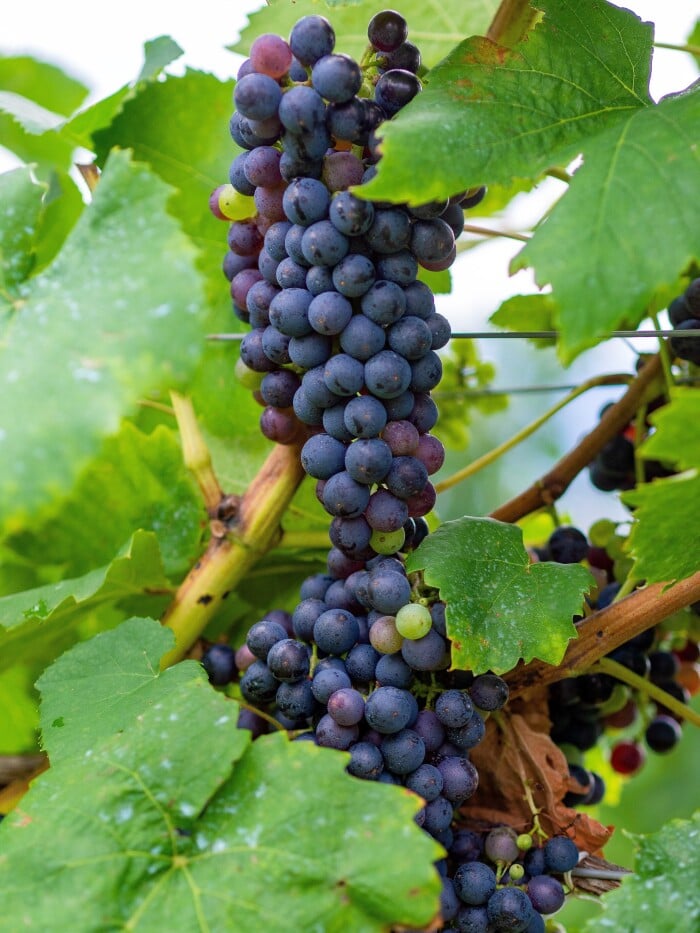
Petit Verdot
Petit Verdot, known for its small but thick-skinned berries, plays a crucial role in blending wines. Typically, it's added in proportions of less than 10% due to its bold nature. However, crafting standalone Petit Verdot wines is challenging because of its pronounced tannins. Petit Verdot, characterized by its rich colour and robust tannic structure, bears greater resemblance to Petite Sirah than Pinot Noir, its also similar to Mourvedre (Monsastrell).
As a blending grape, Petit Verdot adds spice and colour to blends with Merlot, Cabernet Sauvignon, and Cabernet Franc in typical Bordeaux wines. Its importance in Bordeaux and Tuscany’s Maremma is due to its late harvest and prolonged ripening, enhancing Médoc's reds with dark colour and spiciness, and adding depth to Maremma's wines with intense blackberry and plum flavors.
Taste
Wines crafted from Petit Verdot typically exhibit a dense, inky, violet-black hue, attributable to elevated levels of anthocyanin. Petite Verdot is primarily characterized by black fruit flavors and when aged on oak to soften the wine, it can add vanilla, mocha, and hazelnut flavors.
Other
Petit Verdot, "little green one" in French, ripens late, with thick skins and natural acidity, offering structure and aging potential. Thrives in warmer climates like Australia (Barossa, McLaren Vale), and also cultivated in the USA, Australia, California's Napa Valley, South Africa's Stellenbosch


